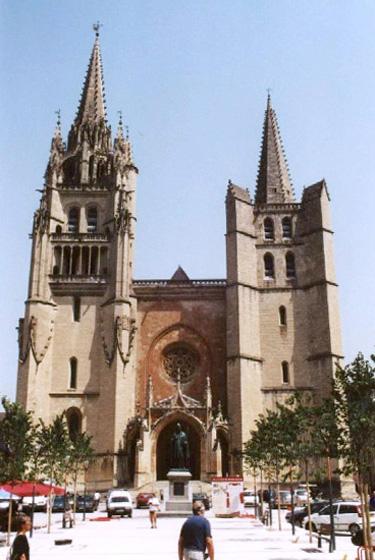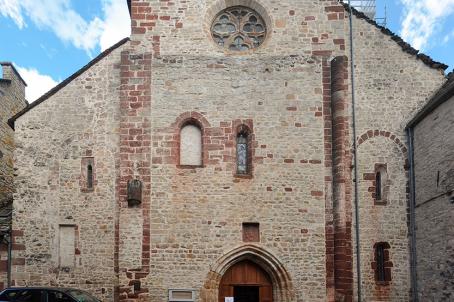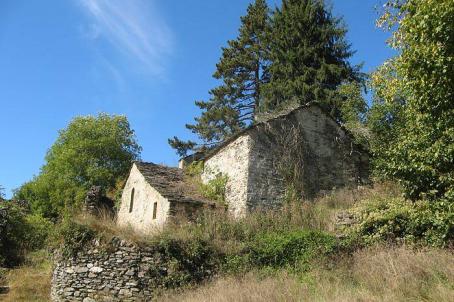Mende Cathedral
The construction of the church was decided in 1360 and was fully completed in the 19th century. It stands above the tomb of Saint Privat. During the war of religion, following an unsuccessful blackmail on the population who had to pay 4,000 ecus, the cathedral was destroyed.
About this building
A building with an elongated plan with a chevet framed by apses with chapels dedicated to the Virgin and Saint Privat. The main façade, decorated with a rose window, is a pierced wall forming a porch giving access to the portal. Two asymmetrical towers flank this façade. They differ in height and style.





